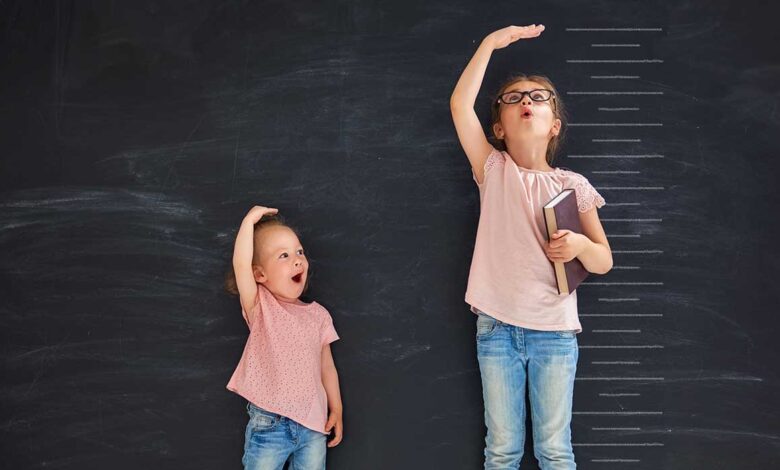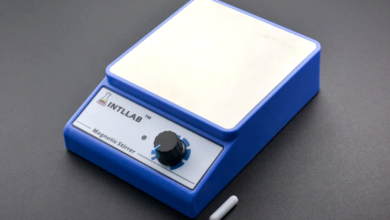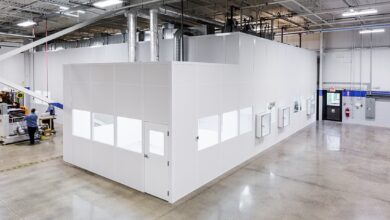Understanding the Stages of Child Development

If you have children, you know that they grow and learn at incredible rates when they are young. It seems like one day they can’t lift their head up, and the next, they’re rolling over on their own.
While some of your child’s growth will be physical, some of it will be cognitive. Understanding the different stages of early childhood development Desoto TX will give you a gauge to know if your child is on track or if you should speak to your doctor.
Related: What is a Design System?
Newborn
Newborns use crying to communicate their needs and are only able to see close-up objects. They can also respond to external stimuli, such as attempting to reach for your hand if you place it on their nose or moving their head if you touch their cheek.
Infant
Around 3 to 6 months old, an infant can recognize faces and begin to babble and coo. By 6 to 9 months, they respond to people calling their name and start sitting without requiring support. At 9 to 12 months old, they crawl or stand with support and imitate sounds and gestures.
Related: Yoga Your Way to Better Health
Toddler
Between 1 and 3 years of age, toddlers learn to walk on their own and begin to run and climb objects. They can use short sentences and hold crayons in their hands. Following simple instructions becomes a bit easier for them.
Preschool
At 3 to 5 years old, their motor skills will become more refined. They begin to dress themselves and can throw and catch. Speaking becomes easier for them, and they start to use longer, more complete sentences.
School-age
During years 6 to 12, children learn to become confident, independent people who can form their own opinions. They start to develop peer relationships and learn to express their emotions. As they get older and go through puberty, they begin to develop sexually.










